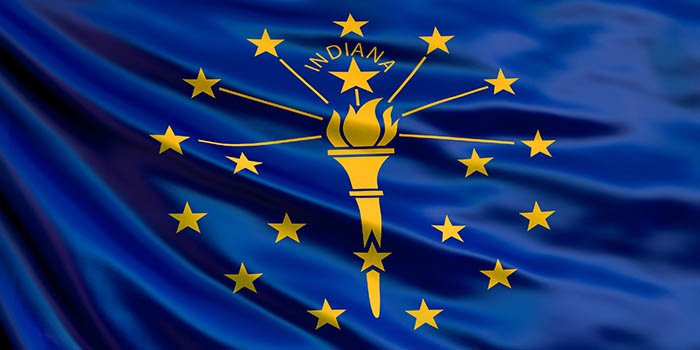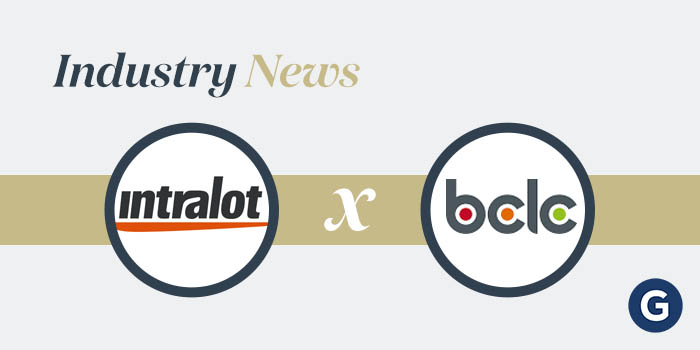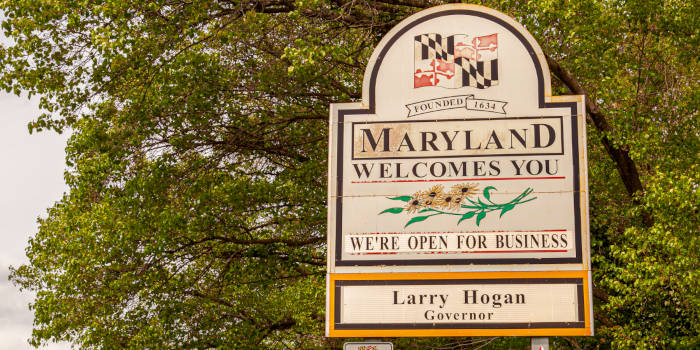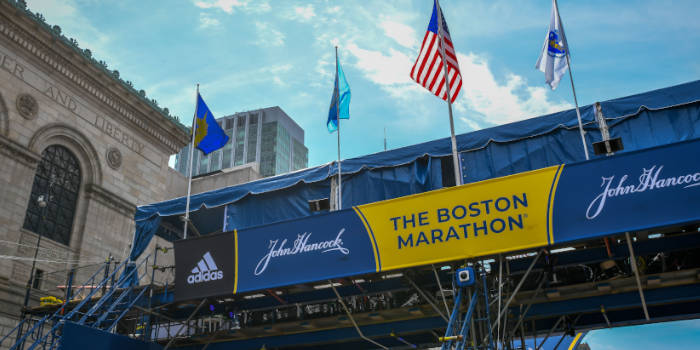Indiana January Betting Handle Feels the Pinch of Ohio
The state’s overall sports betting handle took a plunge as neighboring Ohio went online and offered punters an alternative to the across-the-state betting market

The decline in results is likely to continue in the coming months, but the Hoosier State should not take it as all bad news. More sports fans able to bet in their home states in the region would allow governments to calibrate their expectations and businesses to adjust marketing spend, helping the ecosystem in the process.
As to the actual retail and online sports betting handle collected in January, Indiana reported $427.2 million, along with $36.5 million in adjusted gross revenues. While there was a noticeable decline, the results weren’t so bad. In fact, the sports betting handle was just down 1% on its December numbers, but revenues plunged further 14.5% from the $42.7 million that businesses were able to collect last month.
Hoosier State Braces for New Realities
This trend though doesn’t have to do with any change in the regulated market in neighboring states, but rather with how successful sports fans at home were during the month. The biggest contrast in revenue results though goes back to January 2022, when sports betting handle hit $500.1 million – the Hoosier State’s highest on record.
Nevertheless, there are some places in Indiana that may feel the pinch more so than others. Retail sportsbooks located closer to Ohio are likely to be the hardest hit as is already the case. Among those venues are Miami Valley Racing and Gaming and Hollywood Gaming at Dayton Raceway.
Another adversely impacted property was Hollywood Lawrenceburg which saw only $6.5 million in handle, compared to the $13.6 million wagered in December. Belterra Casino in Florence reported another drop with only $492,111 in total handle, a noticeable decline from the $649,717 processed in December.
Sports Bettors Take a Month to Get Smarter
Such trends are normal. The smaller properties bordering the state were mostly betting on early-day success and perhaps hoping that Ohio would be slower to regulate its own gambling industry, but the state clearly defied expectations.
Meanwhile, sports fans have also been becoming more mature in their choice of wagers, with the majority now shifting towards moneylines as opposed to parlays, or so it seems. There is no detailed breakdown of wager types placed in Indiana as the state does not keep track of this, but it’s likely that sports bettors are migrating towards more consolidated betting options that offer them sustained returns – or at least less of a risk.
Stoyan holds over 8 years of esports and gambling writing experience under his belt and is specifically knowledgeable about developments within the online scene. He is a great asset to the GamblingNews.com team with his niche expertise and continual focus on providing our readers with articles that have a unique spin which differentiates us from the rest.















